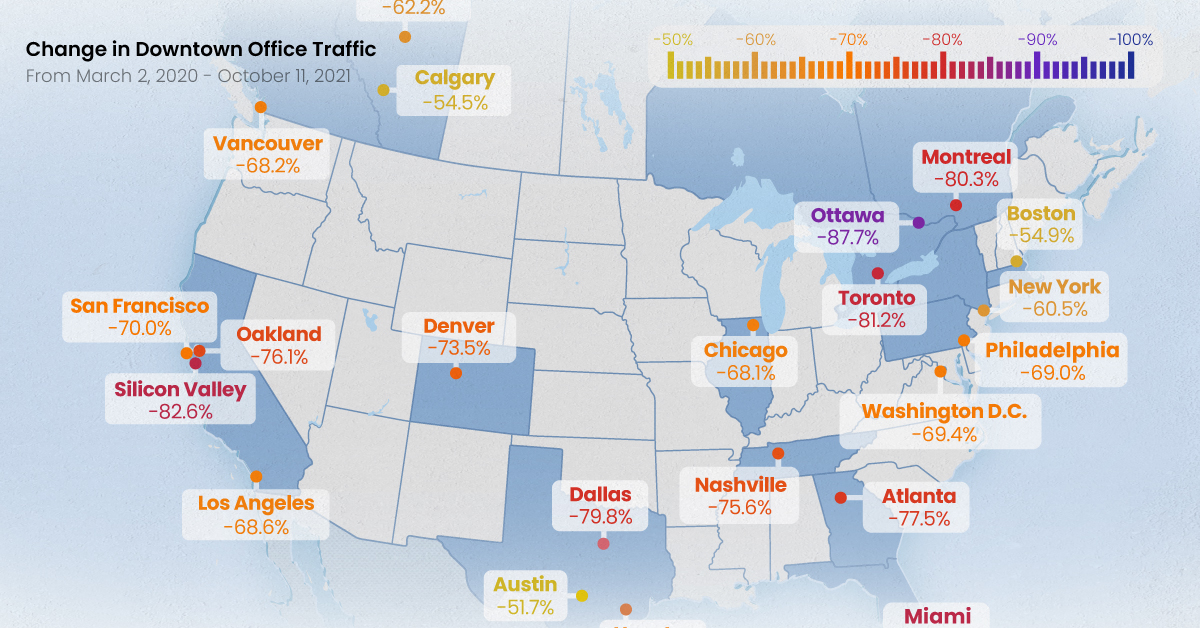I would love to see a high-quality, high-frequency, heavily subsidized bus service to the mountains. But I don't see it as a meaningful downtown revitalization initiative.
I am very skeptical that such as service would attract international tourists or conference attendees. We do get a lot of tourists who can't or don't want to drive private cars, but these group aren't that price sensitive and would largely continue to take private bus or car services.
I am also very skeptical that it would convince developers to invest downtown, or post-secondary schools to build campuses downtown. Way too much risk of it disappearing as soon as the political winds shift.
The thing is that a train is also not a meaningful downtown revitalization initiative, it's just not meaningful for 1000 times as much money.
A bus won't attract international tourists or conference attendees. A train won't attract international tourists or conference attendees.
The mountains is what attracts international tourists; the conference is what attracts attendees.
If we want to attract international tourists to downtown, "it's easy to leave and go to the actual place you want to go to" isn't as compelling an argument as you seem to think. Making downtown more attractive for visitors, and a place worth spending time in, and marketing it, is the actual area we need to focus our efforts. Yes, visitors who do stop downtown want an easy, convenient way to get to the mountains; a clear, legible, attractive coach service can be that with a modest amount of investment. The Grand Canyon, Arches and Yosemite are all only accessible by bus and they seem to get global visitors just fine.
I honestly think that spending a few million on a high quality coach station / visitor centre located at the parking lot on Centre St at 7th Avenue, with frequent dedicated airport buses connecting with frequent high quality coaches to the mountains would do more to boost downtown tourism than a train. You get off there to change to the mountain coach, you've got some amazing skyscrapers to the north, there's a hotel right there, you look south and it's the iconic Calgary tower; walk a short block that way and you're on a pedestrian street in a historic district full of restaurants. You ride a train into the downtown, and you see the backside of a power plant, the backside of a parkade, the backside of an electrical power station, the underside of another parkade, then another parkade... could there be anything less inviting?
If an argument for building a train to the mountains is that people will come to Calgary for a conference when they can get on a train to the mountains, but not to the same city for the same conference when you take a luxury coach to the same mountains -- honestly, is that 1% of conference attendees? Less? The conferences I've been involved with have taken people out to Banff by bus, and that seemed pretty popular amongst attendees. (PS: if we're hoping to revitalize downtown with conferences, why are we spending hundreds of millions to move conferences outside of downtown to the Stampede? We'd do better with a $500K road diet and public realm project on Macleod Trail to get attendees walking into the downtown than with a train.)
If an argument for building a train to the mountains is that post secondary institutions will relocate to be near to the train station, I mean, I don't even know where to start.








